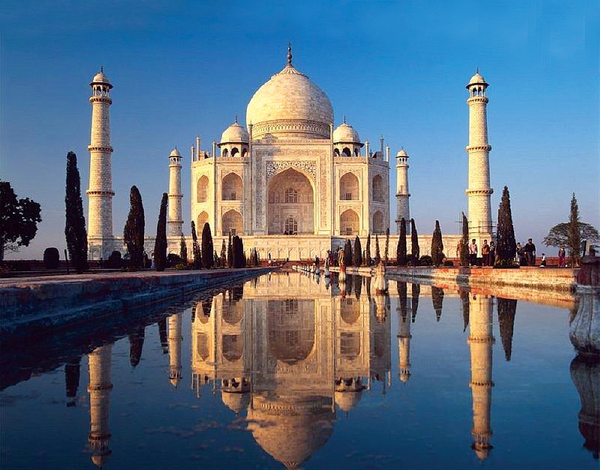My new book will be released as soon as I receive feedback on nautical terms and lingo from my beta reading sailor friends. Needless to say, I’m anxiously awaiting their feedback.
Thought you might enjoy an excerpt from Chapter Two, while we wait. Hope it
resonates with you.
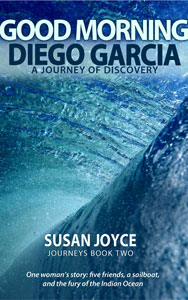
I glanced at Charles. He was sleeping.
My eyes closed and I returned to remembering the first big travel adventure.
From JFK Airport we flew to London, and boarded another flight to Tel Aviv. A driver, holding a sign with our family name on it, greeted us at the Lod Airport in Tel Aviv, and showed us to a sherut (a shared taxi) which took us (along with other new emigrants) from Tel Aviv, through the Negev desert, to the village of Arad, where we studied Hebrew.
“Amazing adventure,” I said.
Charles patted my knee. “Were you dreaming?”
“Remembering; same thing,” I said, smiling. “And now we’re up and away again; seven years later. Another adventure. It’s exciting”
“Chicken Marsala or Beef Stroganoff?” the hostess asked.
I put my seat forward in an upright position and lowered the food tray.
“Chicken for me, please,” I answered. “And Chardonnay.”
Charles chose the Beef Stroganoff and red wine.
“You look like Dr Ben Casey,” the airline hostess told Charles. “I love his show.”
“So, I’m told often,” Charles said smiling. “In fact, I’ve never seen the show.”
“You haven’t?” she asked. “It’s a great medical drama. A neurosurgeon at County General Hospital. Anyway, enjoy your meal.” She moved on down the aisle.
I uncovered a steaming dish of chicken smothered in mushrooms with pasta. “It’s true,” I told Charles. “You do look like Dr Casey.” I took a bite. “This is delicious. I hope the food is as good on Air India.”
“Maybe better,” Charles said.
“Charles?” I asked, touching his arm.
“Yes?”
“What will you do, when we return to California?”
“What do you mean?”
“Workwise? If your company doesn’t have a new assignment for you?”
“I’m sure they will by then.”
“And if not?”
“Something will turn up. Why do you ask?”
“We’ve been in limbo a long time. When we lived in Virginia Beach, The Little Theatre there advertised a play by Samuel Beckett.”
“And?” he asked, giving me a strange look.
“I wanted to see it, but arrived too late one evening to get in.”
“What was it about?”
“Two people waiting for someone named Godot—wanting someone else to move them forward; prove their existence.”
“Sounds ridiculous.” Charles grimaced.
“Of course Godot never shows.”
“Why on earth would you want to see that? Sounds ridiculous.”
“It reminded me of our situation. Waiting on your firm to tell us where to go next. Like we have no free will. “
Charles didn’t answer. He finished his lunch and went back to reading.
I went back to remembering.
Following the upheaval of the Cyprus War in July 1974, we were homeless and confused about where we’d live. After our evacuation to England, Charles awaited news daily from his employer, a Swiss firm, on where they planned to send him. He had worked for them for years, both in Europe and in the Middle East, and they hoped to place him somewhere. So we waited, and waited some more. I read lots of books, took long walks in the English countryside, and wished for a place to call home.
After weeks of waiting, Charles received a telephone call one day telling us to book flights to Virginia Beach, Virginia, where Charles would work out of the company office near Langley.
Upon our arrival, we found a beautiful, fully furnished home for rent on the 10th hole of the golf course, near the beach; bicycles included.
I stared out the plane window and watched billowing clouds float past. The flight attendant stopped to ask if we’d like more coffee or tea.
“Coffee please,” I replied.
“Cream, sugar?” she asked.
“No thanks. Black please,” I answered. “Smells fresh.”
Charles said no thanks and continued reading.
She smiled and moved on.
I took a sip of coffee.
“Since when do you drink black coffee?” Charles asked.
“Since Virginia Beach and visiting the Edgar Cayce Library.” I answered.
“The Cayce Library?” he questioned.
“Yes, while you were busy visiting military bases, I spent my days riding the bike along the boardwalk to the public library; researching the Cyprus War. One afternoon, by accident … ” I hesitated. “There are no accidents,” I added.
Charles nodded.
“I rode past the Edgar Cayce Foundation Library. People laden with boxes were busy moving books. A volunteer worker explained hundreds of books were being moved from the old Cayce Hospital Library to their new home. She invited me to go on in, have a look around, and make myself comfortable.”
“And you did,” Charles said.
“Yes. Entering the library, I felt as if I had discovered a secret chamber of knowledge; a vault filled with mysterious truths. My head tingled with excitement, so I knew I was in the right place.”
“What does this have to do with black coffee?” Charles asked.
I told Charles all about Edgar Cayce, “The Sleeping Prophet” and how he had the ability to put himself into a relaxed sleep state and connect his mind with all information in time and space. From this state he could respond to any question asked: from practical to trivial, to secrets of the universe. His psychic insights became know as “readings” and were recorded by a stenographer. People from all over the world sent letters requesting information on someone or something. All Cayce needed to know was the name of the person requesting the information and their location before he went into a trance and collected information.
I thought Charles would go back to reading his book, instead he seemed to be listening to me.
“The library was divided into several sections,” I continued. “I found myself drawn to one about discovering your mission in life and another section with books and articles about exploring ancient mysteries. Although I had always felt there was more to life than this life, the Cayce Library was my introduction to the idea of the existence of souls, and how they live on and on after physical death. I felt certain I had experienced past lives … and been lucky in all of them.”
“You were lucky in Cyprus,” Charles said. “We were lucky to get out alive.”
I nodded and continued. “I was soon lost in a sea of information on Edgar Cayce and his thousands of readings.”
“What does this have to do with black coffee?” Charles asked.
“Oh,” I answered. “Cayce talked about diet and the importance of balancing alkaline-producing foods with acid-producing foods and eating locally grown, seasonal foods. And he gave a list of things to avoid like not eating large quantities of meat or cheese with starchy foods.”
“Such as?” Charles questioned.
“Enchiladas, for example.”
Charles laughed.
“Milk, cereal, coffee with milk or cream,” I added, sipping my black coffee.
“To each his own,” Charles said. “No one can convince me Mexican food isn’t healthy.”
“I love it too. I stopped eating cereal after the discovery though.”
Charles opened his book and continued reading.
I removed my travel journal from the seat back pocket in front of me and scribbled images of the jagged clouds and noted some random thoughts about the uncertainty of being in limbo.
Uncertain? Unclear. Unsettled. Unknown.



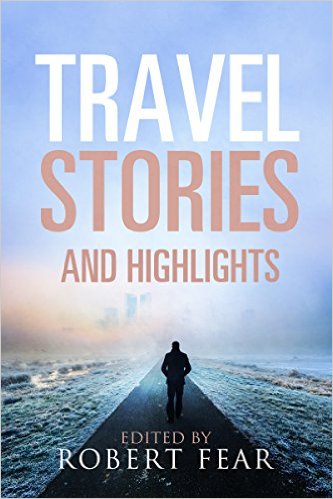
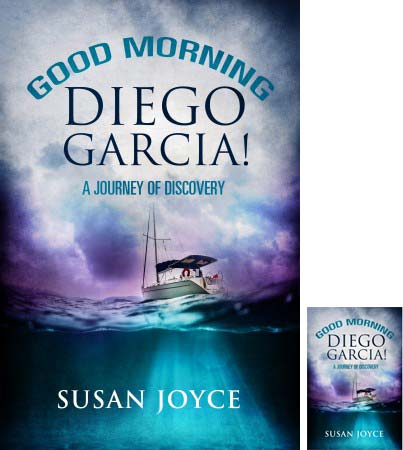
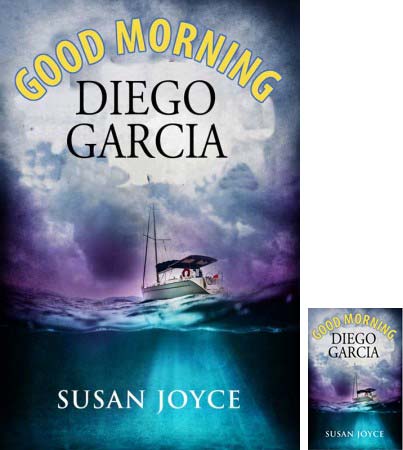
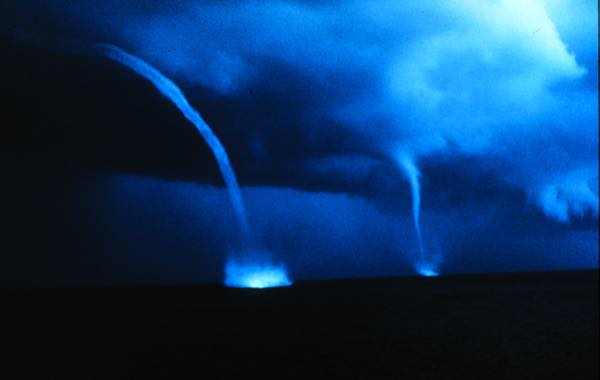
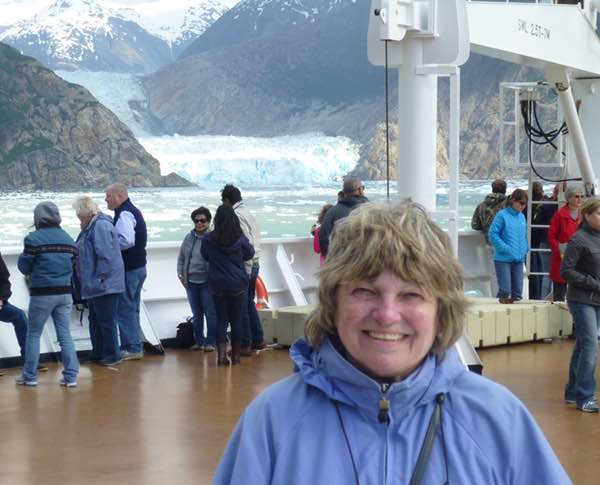
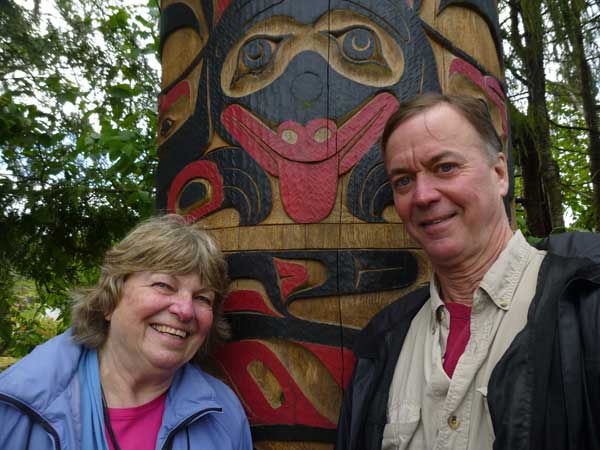
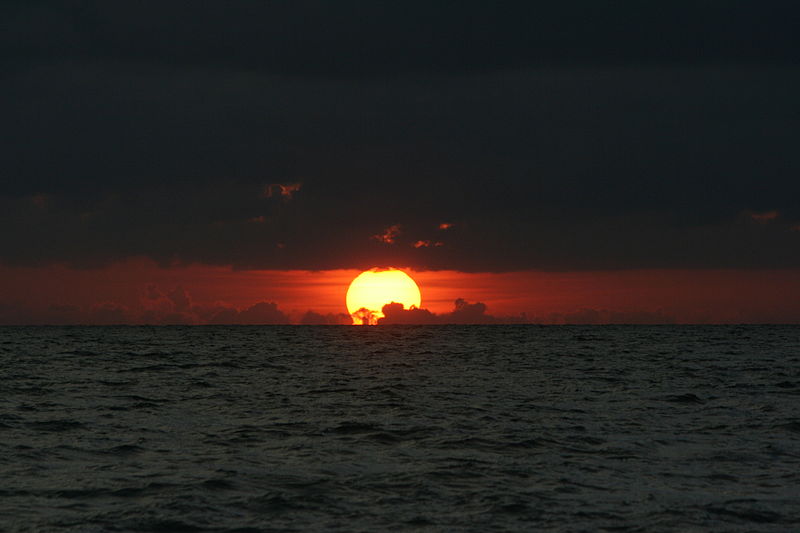 Excerpt from Chapter One
Excerpt from Chapter One
